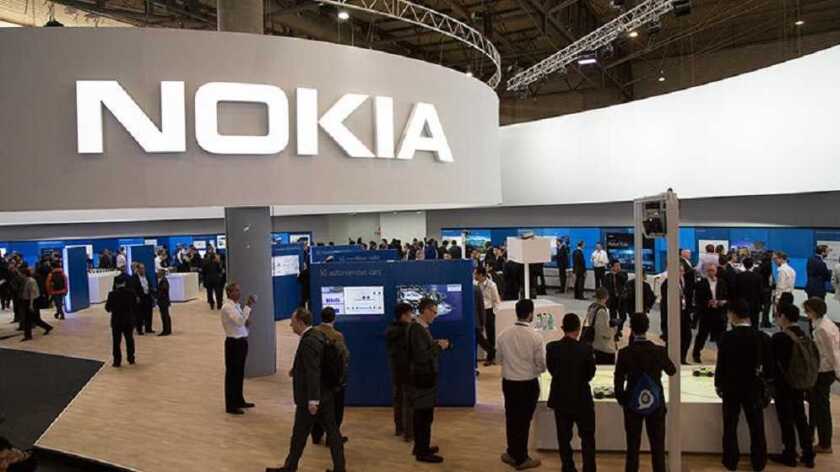Due to the low latency and faster connections offered through 5G, the development paves the way for expansion of IoT use cases across multiple sectors.
Providing an example of some of the use cases and sectors that could benefit, Ankur Bhan, head of Nokia’s WING business, cited AR and VR, healthcare, connected vehicles and smart manufacturing, including industry process control and robotics on the factory floor.
“We are really, really excited by this launch. It will help operators all across the globe to address the needs of their enterprise customers with the 5G services and use cases,” said Bhan.
“It will provide the benefits of what I regard as quite a transformational technology, and it is a big change in the way connectivity services are delivered and consumed,” he added.
In addition to the technological innovation, the capex light investment model is expected to democratise access to – and development of – 5G-enabled IoT technology at an important point in its global roll out.
“That means mobile operators won’t have to invest in the platform capabilities or the core network to get these services,” Bhan explained.
“That this infrastructure is available on a subscription business model is really a big leap for the industry. Typically the telcom vendors offer products on a typical product sale model so we believe we have been quite innovative in offering 5G – which is at the forefront of the connectivity technology –also on this payment model,” he continued.
The WING enhancements could also hint at the future direction of Nokia’s 5G strategy.
The company has already lost CEO Rajeev Suri over the issue and shareholders have paid the price in reduced dividends and stock values.
“For the first time in the telecoms industry we have a technology that not only supports the consumer requirements of increased bandwidth and latency but also opens new capabilities that could not have been addressed by previous generation technology,” said Bhan.
“We see many industries now that want to monitor their processes, access and operations and we believe connectivity will serve as the oxygen for this future economy. This technology removes the limits that previously existed. We believe that in future we will revolutionise many segments, much more than we realise today,” said Bhan.





